2020 Annual Report Collaboration keeps our crop work alive and well
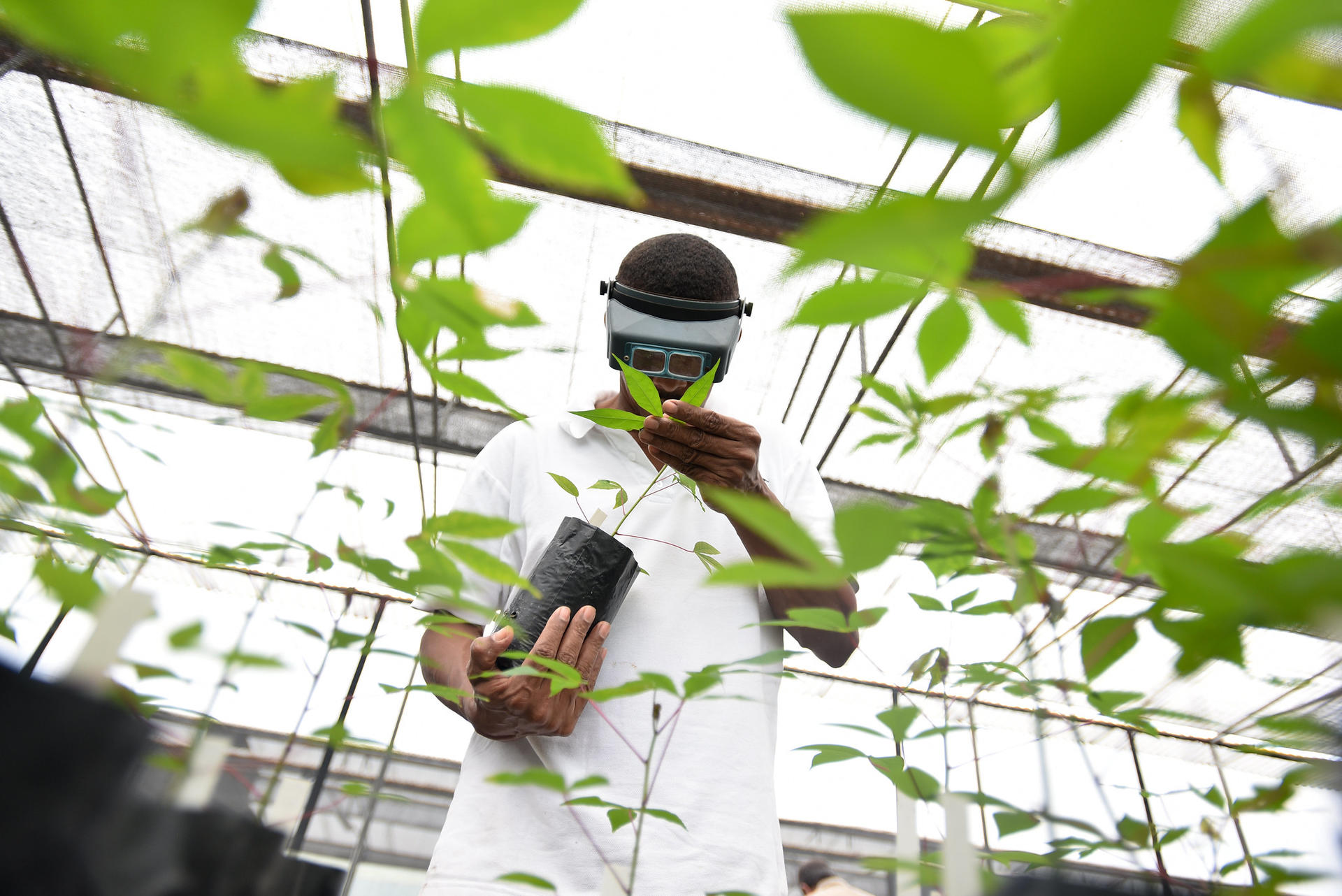
While technology advances and needs continue to grow, we must keep a focus on the partnerships that will continue to be critical to the CGIAR’s future successes.
If I had to pick just one highlight from last year, I would have to point to the dedication of our workers at the Alliance’s Palmira campus in Colombia.
Alliance staff across the globe faced unprecedented difficulties tied to the Covid-19 pandemic, but the essential workers at the campus stood out for their dedication, some riding motorbikes along long, rough backroad routes to keep the facilities functioning. Their unconditional commitment was critical to the Alliance’s 2020 success story. Crops were sowed and harvested. The genebank and labs continued operating. Projects were completed on time.
Crops for Nutrition and Health is the largest research area within the Alliance and no single story could capture one of the most challenging years I’ve witnessed out of several decades at the CGIAR. So we decided to let individual team leaders tell their own 2020 stories. We’ll hear from the leaders of our priority crops (beans, cassava, forages and rice) and the leaders of the genetic transformation and plant virology teams. There is also a special guest article about our vision for Future Seeds, our new genebank.
Highlights from our Team

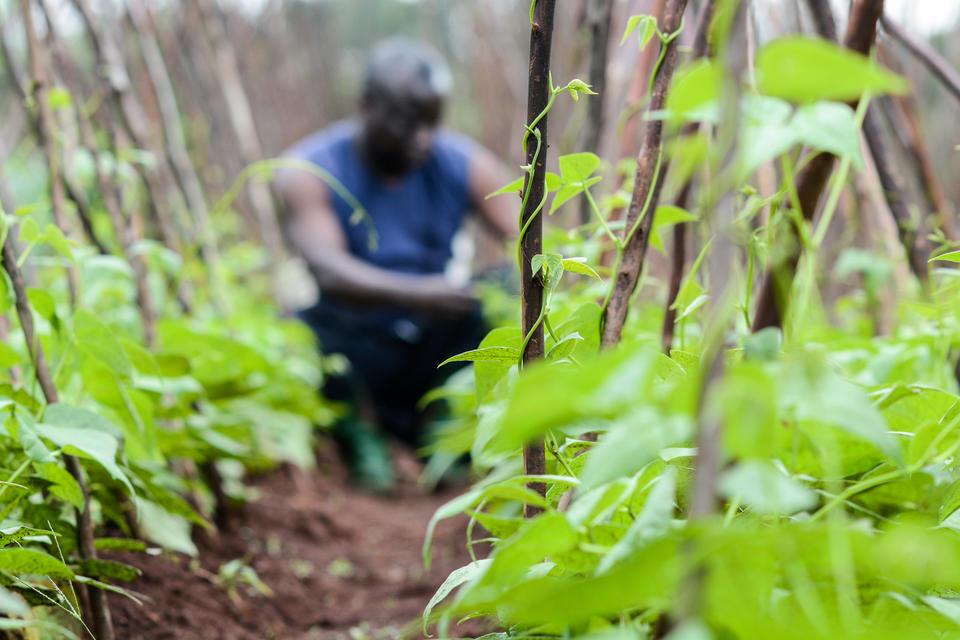

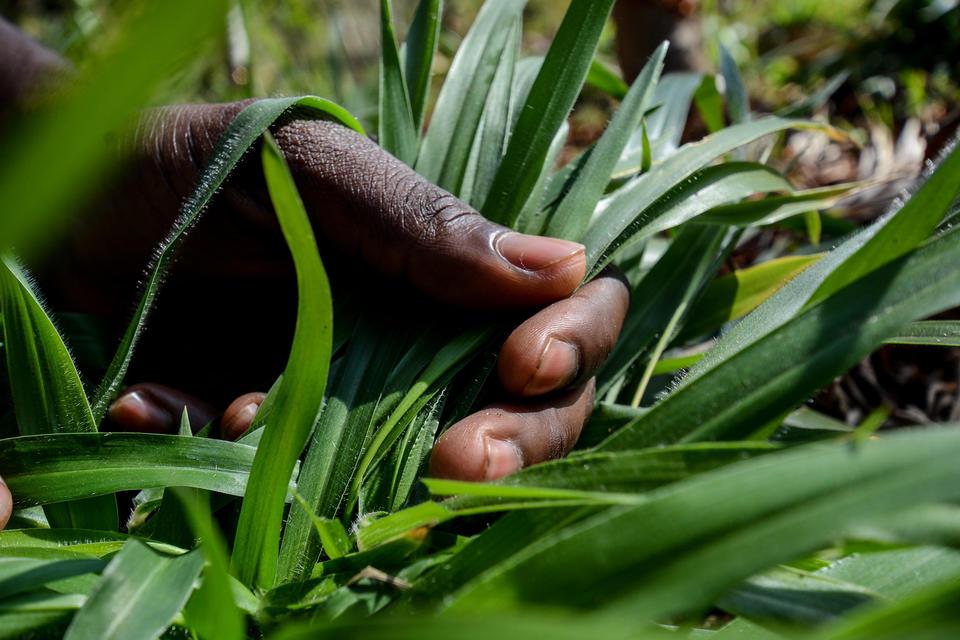
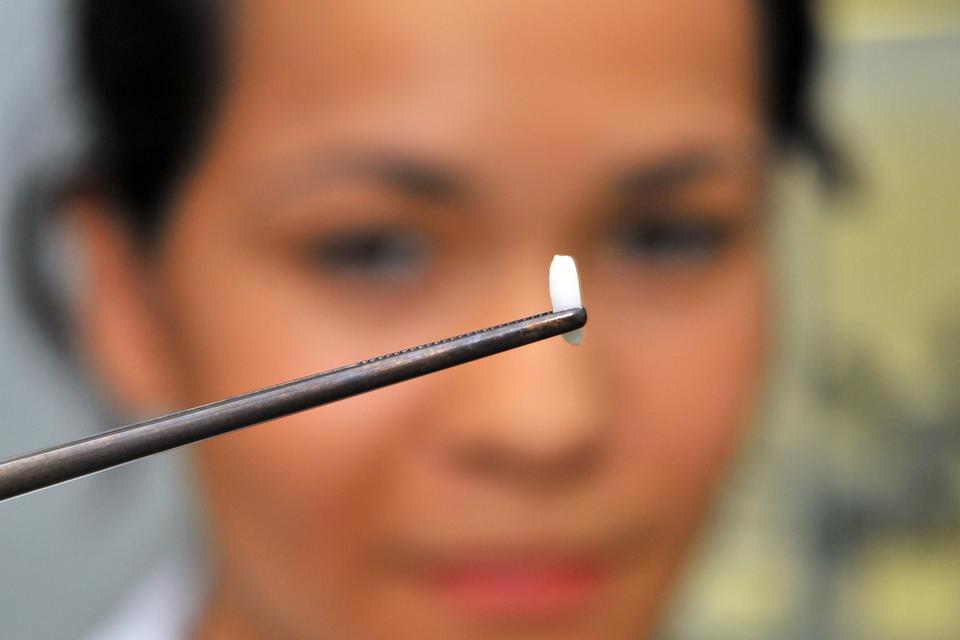

I would also like to echo the general sentiment behind this annual report.
The pace of science is accelerating, especially with the new technologies that we have at our disposal such as gene editing, advanced genetic research including molecular characterization, machine learning, and artificial intelligence. All these will play a critical role in speeding up our work in our race against climate change, which, along with nutrition, I believe are two of the most important areas that we now emphasize in our longstanding crop breeding and disease monitoring programs.
But we need to be able to differentiate between the latest fad and what is really relevant.
So even if our technologies have improved, and our priorities have expanded, we cannot lose focus on the reason the CGIAR exists: to use science to help smallholder farmers and national research systems rise to the challenges of the time. The climate crisis is now, inequality and poverty are problems we still haven’t solved, and malnutrition in all its forms is as great a threat as it ever was.
As we move forward as One CGIAR, we must remember our roots and strengthen, more than ever, our partnerships that have underwritten decades of success in the system.
Keep reading
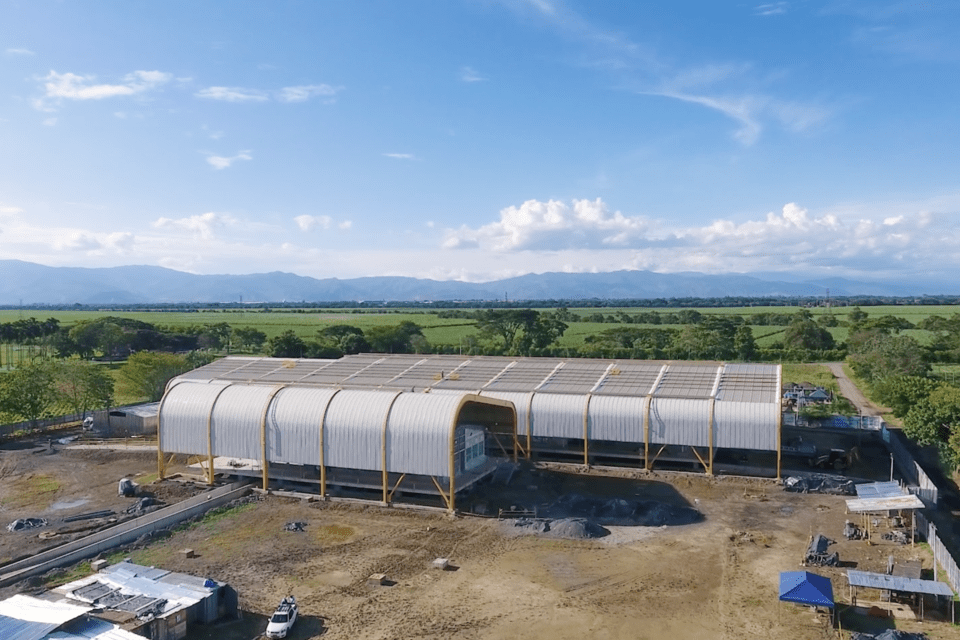
Future Seeds transforms the way people interact with crop research
Research Highlight
America's crop cousins are numerous, imperiled, and more needed than ever
A 5-year study examined the wild plants native to the United States that are relatives of food and agricultural crops; the resilient plants could be critical to feeding a planet beset by climate change but they need to be conserved before they disappear. Read the paper and our press release.
More Research Highlights
'Rambo root' could help with climate action, peacebuilding and environmental issues
Cassava - the low-cost, climate-smart 'Rambo root' - can be used by countries to meet environmental and socio-economic targets, halting deforestation, restoring degraded land, generating income and building peace in conflict-affected areas. Read the paper and the press release. The World Economic Forum covered the story.
Aerial images detect and track food security threats for millions of African farmers
An early warning system detects and prevents diseases in bananas, a key food security crop in Africa. It relies on machine learning and imagery collected by mobile phones, drones and satellites. Read the paper and our press release.
AI goes underground: root crop growth predicted with drone imagery
Using machine learning, scientists can analyzed drone images shot above the soil to understand how root crops respond to drought or heat beneath the soil. The Pheno-i platform relays real-time data to scientists, to breed more climate-resilient crops. Read the paper and press release.
Working with Colombian maize farmers to quash crop disease
In collaboration with Colombian agricultural authorities and farmers, our scientists worked across Colombia to help develop and implement strategies to deal with pests that hit maize, one of the country’s critical staple crops. (Links in Spanish.)
A new study of the tropical forages in our genebank
The Alliance’s forage collection – which includes some 1,600 accessions of 134 grass species and 21,000 accessions of 637 legume species – are of particular interest in the context of making livestock farmers better for the environment and to withstand the threats of climate change. A new study examines the forage collection and its future needs and potential.
Biofortified beans and how the genebank contributes
Genebanks are essential when agricultural biodiversity has been lost from farming habitats, malnutrition persists, and climate change threatens farm productivity. This study demonstrates the importance of the Alliance’s genebank in Colombia to the development of seven iron-biofortified varieties of climbing bean and the impact of their adoption on farm households in Rwanda.
Mind the gap analysis to find rare wild crop relatives
While much agricultural biodiversity has been lost, much remains to be found. Where is it? Using the common bean as a model crop, Alliance researchers identified collection priority locations in Chile, Peru, Colombia, Venezuela, Mexico, Belize and Guatemala. Read a blog about their work.
Irrigated fields can bring tremendous benefits to rain-dependent farmers
The Alliance and the Latin American Fund for Irrigated Rice (FLAR) published a study about how water harvesting in Nicaragua and Mexico, combined with smart crop management practices, allowed small- and medium-scale farmers to increase their yields of rice, maize, beans, and high-value crops by two to four times in comparison with historical yields obtained under rainfed conditions.
As the climate crisis quickens, crop breeding must keep pace
To what extent can breeding gains be achieved under a changing climate, at a pace sufficient to usefully contribute to climate adaptation, mitigation and food security? In this study, Alliance researchers address this question by critically reviewing how model-based approaches can be used to assist breeding activities, with a focus on all CGIAR breeding programs. The work hopes to enable rapid and better-targeted crop modeling activities that directly contribute to accelerated and more impactful breeding efforts.
